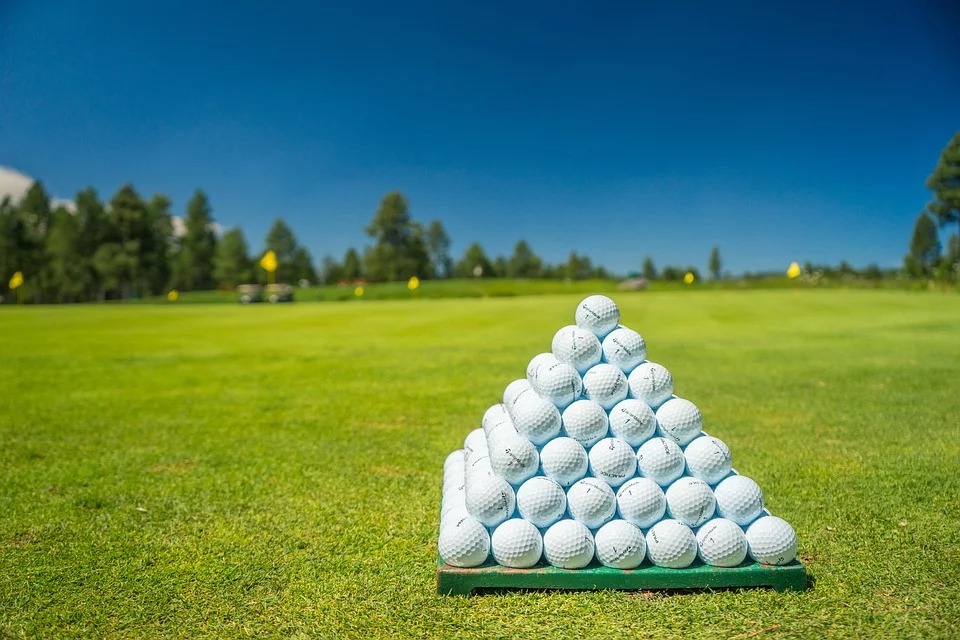Many sports require a particular type of ball. A golf ball is a ball designed for the game of golf. According to the standard golf rules, the mass of a golf ball should not exceed 1.620 ounces (or 45.93 grams), a diameter that should not be less than 1.680 inches (or 42.67 millimeters). It should also perform according to the specified speed, symmetry, and distance limits.
Many essential pieces of equipment used for playing golf are subject to rigid testing. Golf balls undergo a series of tests. Once they meet the requirements and conform with the regulations, they will be given approval from the two most prestigious governing bodies of golf – the Royal and Ancient Golf Club of St. Andrews (now known mostly as R&A) in Scotland, and the United States Golf Association. Such approval means that the golf balls are suitable for legit competitions.
Now, what’s the technology behind the making of golf balls? It depends on when it has been made. The earliest golf balls were constructed differently compared to three- or four-piece modern golf balls. Below are some of the specifics behind one of the essential equipment for golf:
The types of golf balls according to layer and material:
A typical modern golf ball is made of rubber and plastic. The number of materials used in making golf balls depending on the manner of construction.
One-piece – The most basic and cheapest golf balls to produce, one-piece golf balls are made of one material inside and out. For instance, many one-piece golf balls are made of surlyn, so they are one rock-solid ball with a dimpled surface. It is very rarely used as a playing ball, and instead used by beginners or driving ranges.
Two-piece – Most of the golf balls sold today are two-piece golf balls. The term “two-piece” means that the golf ball is constructed with two layers of materials, mostly a big and firm rubber interior and a plastic or urethane exterior. Two-piece golf balls are primarily used in improving someone’s game, or utilized as a distance ball. The reason why the core is larger in a two-piece golf ball compared to that of the other golf balls is that it provides a good deal of speed once a golf club hits it. Also, a two-piece golf ball does not tend to spin a lot; thus, it produces a flawless flight. If you are a golfer who is capable of hitting swing speeds of 85 miles per hour (mph), the two-piece golf ball makes an ideal choice.
Three-piece – A three-piece hybrid golf ball consists of either a rubber or liquid core, which is followed by a layer of engineered rubber and, finally, a molded cover of Surlyn. Sometimes, the exterior layer is made of supple urethane or balata (or any material which simulates it). Because of their construction, three-piece golf balls are softer; thus, they produce better spin control.
Four-piece – Not all four-piece golf balls may not be made the same, because each has its own different layers of materials depending on specific purposes. The innermost core is usually made of a solid rubber, which is basically designed to provide explosive distance, especially when hit by a driver. The next layer, the inner cover, helps in transferring the energy from the strike to the core. It is encased by a lean mantle, and finally, the dimpled urethane covering completes the four-piece golf ball.
How is a golf ball made? Let’s take the two-piece golf ball, the most commonly used golf ball, as an example.
1) The core
The innermost part of a two-piece golf ball is a molded core, which consists of several chemically-reactive ingredients that blend into a rubber-like compound. After heat and pressure are applied, a core is formed.
2) The cover and the dimples
A two-injection molding or a compression molding is a common method in forming the cover and the “dimples” of the ball.
In the two-injection molding, the core is placed in the center of the mold cavity. At the same time, the core is supported by pins. A molten thermoplastic injects into the dimpled cavity which surrounds the core – by then, it forms as the cover material. The combination of the heat and pressure causes the cover material to flow and join the core while forming the dimpled size and shape of the ball. Once the outer layer cools and hardens, the pins are removed, and the balls proceed to the next process step.
In the compression molding, the cover is first injected into two hollow hemispheres, which are then positioned around the core. Heat and pressure are then applied to join these components together. In this particular step, a mold is used to fuse the cover to the core, and also to form the dimples.
3) Polishing, painting and the finishing coat
Rough spots, as well as seams on the molded cover, are removed. Next, the ball is applied with two coats of paint, and it sits on a spinning post to allow uniform coating. Automatically-controlled spray paints are efficient because they paint the balls evenly. Next, the ball is marked with a logo. A clear substance is applied to the ball as the final coating for durability and increased sheen.
4) Drying and packaging
Once the paints and the final coating have been applied, the ball is then moved to a large dryer, together with the other painted balls. After drying, the ball is ready for packaging in boxes, tubs, or other containers, along with other finished balls.
